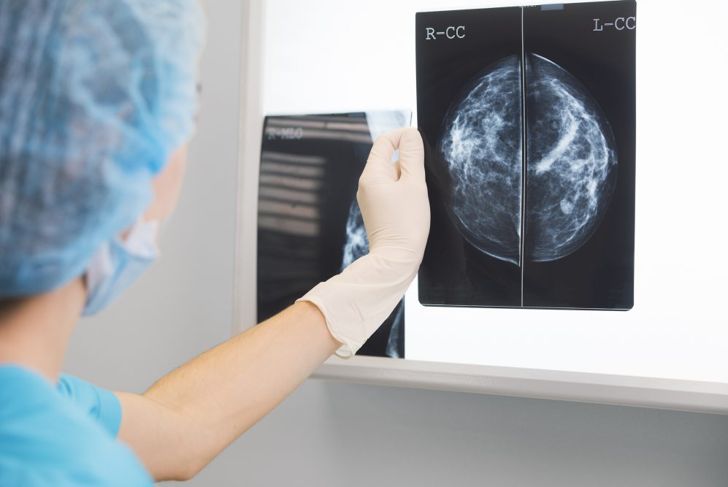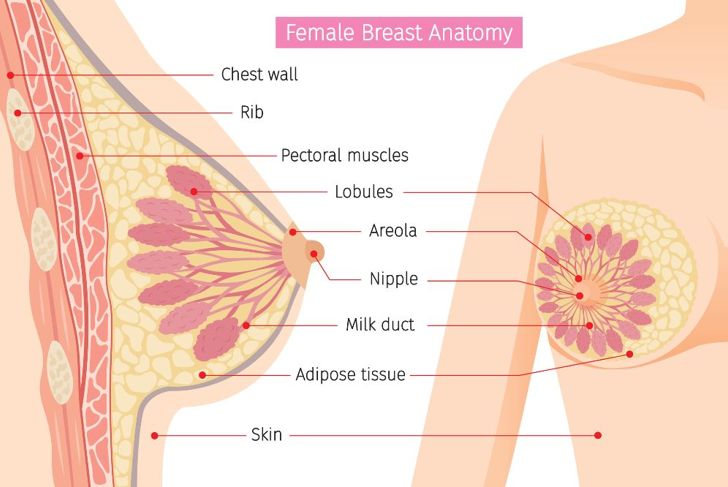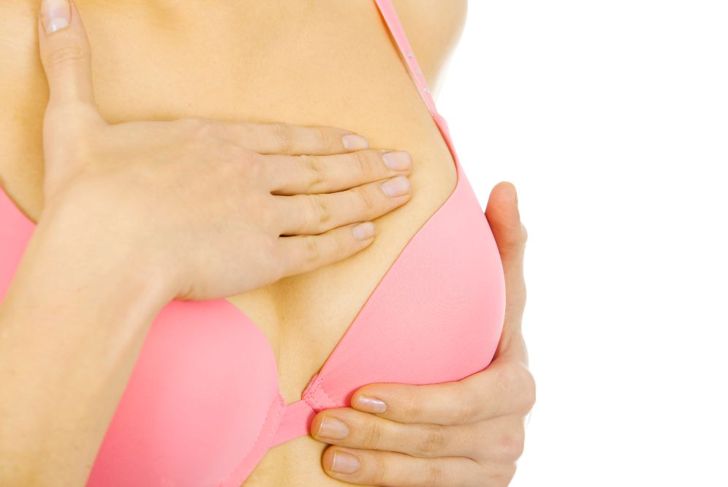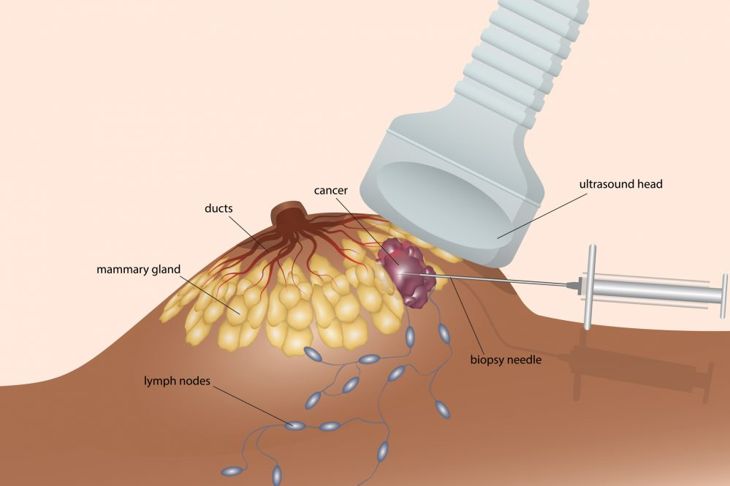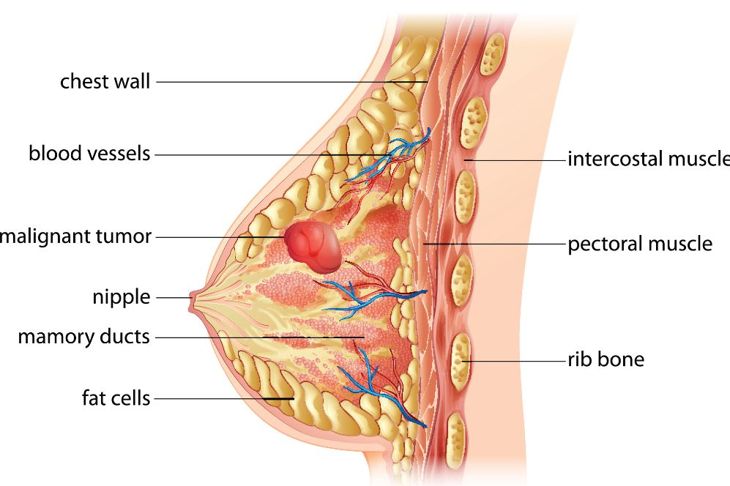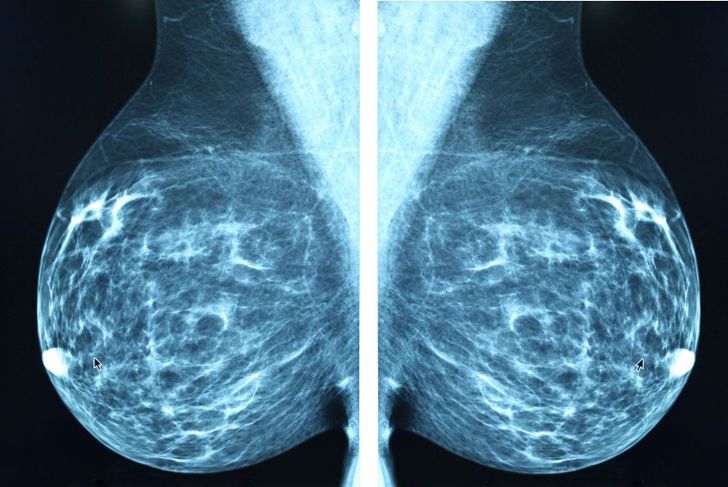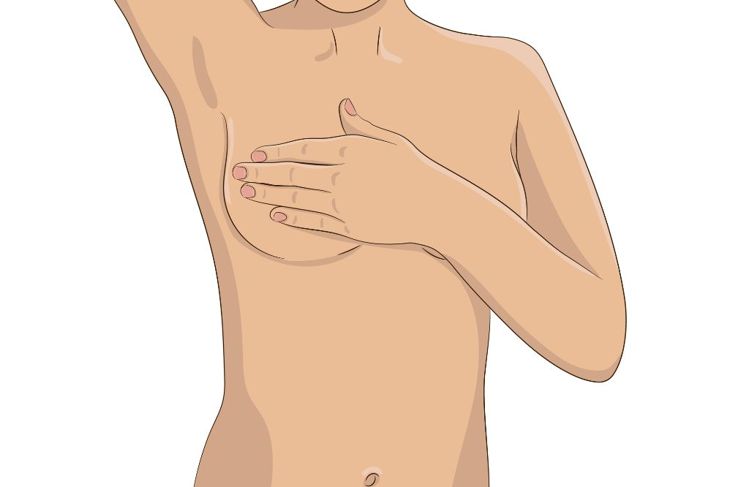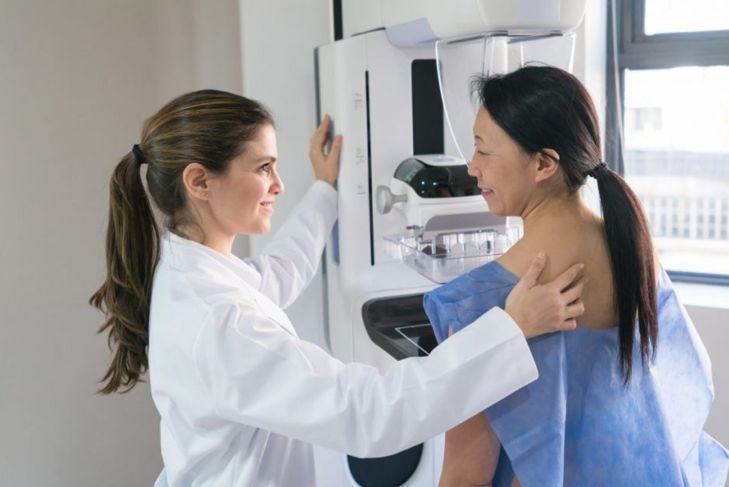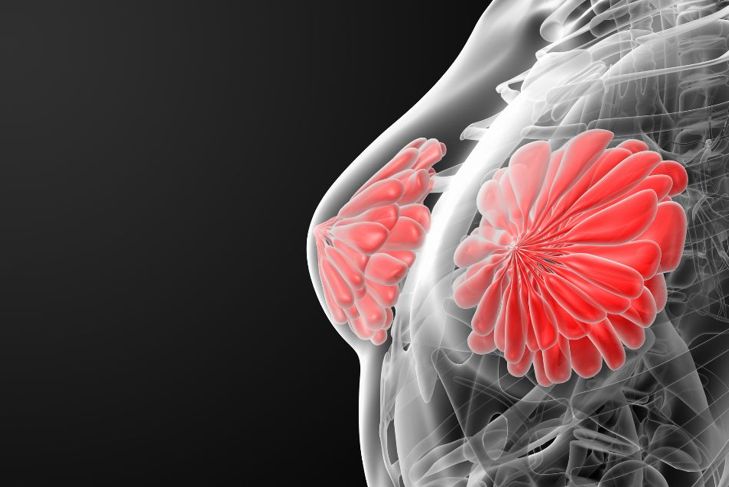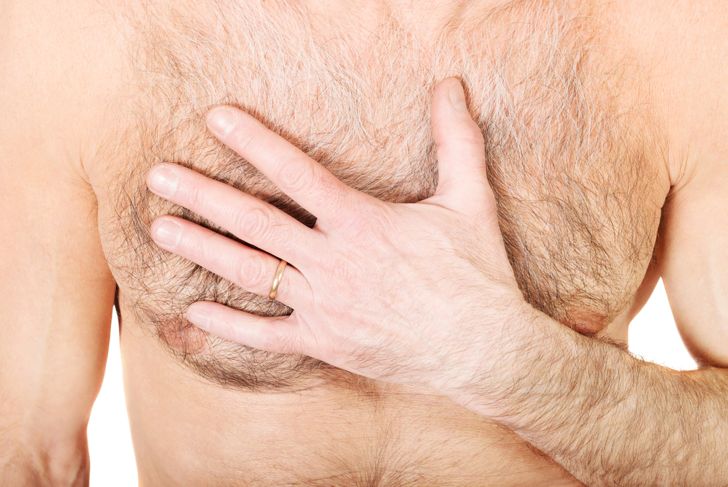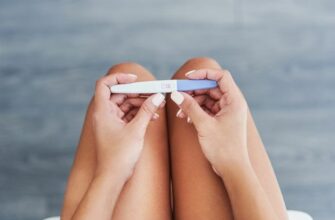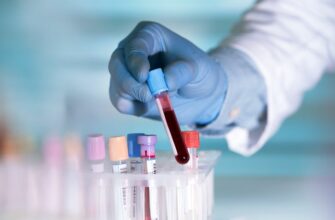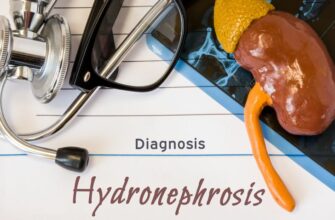A breast lump is a mass that develops in the breast and may cause some pain. Although many health campaigns encourage self-examinations, sometimes breast lumps are discovered only upon a medical physical or imaging exam. Most breast lumps are benign and may feel hard or spongy, depending on the type. As a preventive measure, it is crucial both women and men stay familiar with how their breasts usually look and feel, so they are able to quickly notice and report any changes.
How Are Breast Lumps Diagnosed and Evaluated?
Even if a person finds a breast lump on her own, a doctor will perform a physical examination to confirm the issue. He or she will then order a mammogram, breast ultrasound, or MRI to determine whether the lump is cancerous. Doctors may order additional testing or, if the lump is benign, may monitor it for changes or growth. In cases of cancer detection, doctors recommend immediate surgery along with other therapies including radiation, hormone therapy, and chemotherapy.
How Do I Know if a Breast Lump Is Benign?
Most lumps found in the breast are not cancerous, and imaging tests will confirm or deny this. The doctor may order a mammogram, which uses low-dose x-rays to examine the lump. He or she may also do a breast ultrasound, which uses sound waves to generate pictures of the tissue and glands inside the breast. Ultrasounds capture images that a mammogram may miss and help doctors see if the lump is fluid or solid. An MRI uses radio frequency pulses to give a detailed picture of the lump and requires an injection of contrast material. All these tests can reveal benign lumps; once discovered, the doctor will likely monitor the lump to see if it changes, grown, or gone away.
What Happens if My Doctor Can’t Tell if My Breast Lump Is Benign?
If a mammogram, breast ultrasound or MRI do not clearly show a lump is benign, the doctor may perform a biopsy to make sure. In an ultrasound-guided, MRI-guided, or x-ray guided biopsy, a radiologist administers local anesthesia and uses a needle to get a tissue sample from the lump. The procedure itself does not take long, and the results should be available within a few days. If the tests still show the lump is benign, the doctor may place a tiny metal marker in the area where the tissue was pulled to indicate the lump has been tested, should it show on future mammograms.
What Happens During a Breast Lump Biopsy?
If the doctor has to remove breast tissue to test the lump for disease, he or she may choose from several approaches. A core needle biopsy uses a wide needle to remove tissue. This may leave a bruise. Fine needle aspiration uses a thin needle to drain fluid or remove cells. During a surgical biopsy, part or all of the lump is removed and checked for cancerous cells. Vacuum-assisted biopsies use a probe connected to a vacuum device. The doctor makes a small cut in the breast, but there is very little scarring as the procedure does not require stitches.
What Are the Options for Cancerous Breast Lumps?
If the doctor confirms a cancerous breast lump, the patient must work with the physician to create a treatment plan. The type of tumor will determine the approach to healing, though tumor size is not always a good indicator of how fast or slow it will grow in the future. The treatment team will consider the growth rate and other factors in determining a plan, including the stage of the tumor, general health, menopause status, inherited breast cancer genes, and the patient’s age and personal preferences. In general, many doctors recommend surgery to remove the tumor and a small area of healthy tissue surrounding it. If the tumor is growing rapidly or is in an advanced cancerous stage, the doctor may recommend chemotherapy or hormonal therapy before performing the surgery. These therapies may shrink the tumor and make the surgery easier to perform. This can prevent the need for a full mastectomy.
What Happens if the Mammogram Result Is Abnormal?
Abnormal mammogram results do not necessarily mean a malignant lump or cancer. Most abnormal results are not cancerous. The doctor will schedule follow-up tests to pinpoint the reason for the abnormal reading. In most cases, follow-up results reveal a growth that is benign or normal breast tissue.
What Kind of Breast Changes Should Raise Concern?
Lumps are not the only changes people should monitor in the breast. Changes in the size and shape, tenderness or soreness, and color and texture changes can also indicate problems. Scaly, itchy, reddish, or dimpled skin on the breasts should prompt a trip to the doctor. Greenish, clear, or bloody discharge from the nipple is also problematic. Soreness is normal with many changes including menstrual periods, hormonal changes, bra fit, or medications. If it lingers, consult a doctor.
What Kind of Breast Changes Should Not Concern Me?
Not all breast changes are cause for alarm. Lumps that are benign should not concern people unless they begin making daily movement uncomfortable. Milky white nipple discharge during pregnancy or before menopause is normal, as it soreness during the monthly menstrual cycle.
andresr / Getty Images
Why Do Doctors Order Ductograms?
The doctor may order a ductogram if there is a need to perform imaging on the breast ducts. In many cases, doctors order this procedure to diagnose the cause of nipple discharge. The physician will inject a contrast dye into the breast, and a tiny tube called a cannula will push fluid into the breast ducts. This will allow the doctor to view the milk ducts clearly on a mammogram.
Do Men Have Abnormal Breast Lumps?
Breast lumps or breast cancer in men is not common, but it does occur. Men do not typically have ducts that produce milk, but they do have breast tissue. Those who develop cancerous breast lumps tend to have more advanced stages of cancer. Researchers believe this is because men and doctors are not as attentive to the early symptoms, mistaking them for gynecomastia or large breast development.

 Home
Home Health
Health Diet & Nutrition
Diet & Nutrition Living Well
Living Well More
More